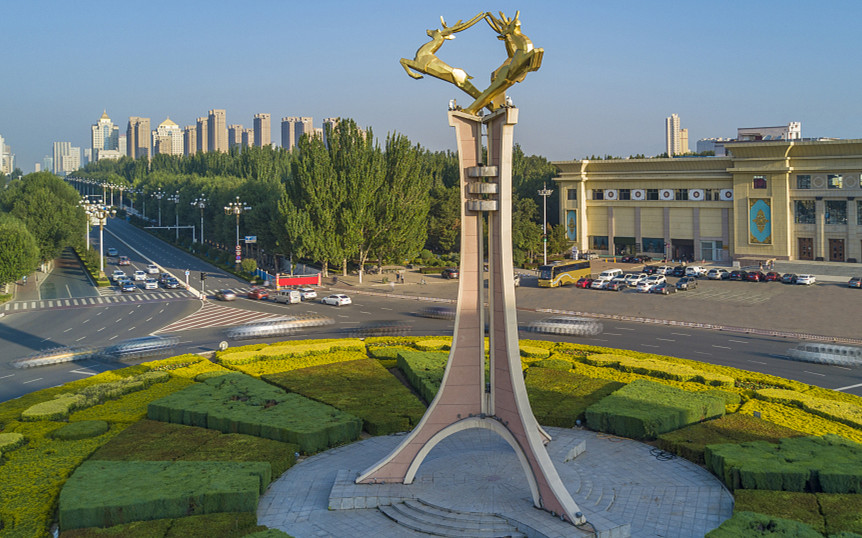R&D boosts innovation in Baotou high-tech zone
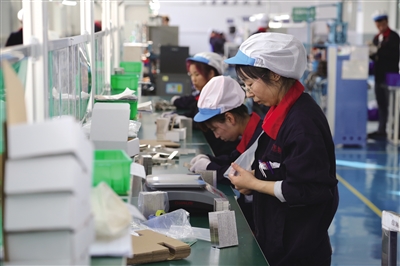
The testing production line for magnetic components of Baotou Inst Magnetic New Material Co. [Photo/Baotou news network]
In response to China's innovation-driven development efforts, Baotou Rare Earth High-tech Industrial Development Zone in Baotou, North China's Inner Mongolia autonomous region, has provided strong institutional and policy support for research and development to encourage local high-tech companies to boost innovation, enhancing the region's capacity for technological innovation, according to local media reports.
A total of 158 innovation platforms, which include research and development centers, key laboratories, academician workstations, innovation complexes and industrial technological innovation alliances, have taken shape in the high-tech zone.
In September, the academician workstation of rare earth magnetic material application, the first foreign academician workstation in Baotou established by Baotou Inst Magnetic New Material Co, was upgraded to the level of the autonomous region thanks to the efforts of the high-tech zone's bureau of science and technology and informatization.
The upgrading of the academician workstation has helped the company better promote innovation and boost its competitiveness and influence in the sector, said Cao Cai'e, a manager at Baotou Inst Magnetic New Material Co.
The latest statistics indicate that at present, Baotou Rare Earth High-tech Industrial Development Zone is home to 3,228 full-time research and development professionals working on 1,235 R&D projects. The enterprises in the zone hold 1,057 invention patents, while more than 500 major scientific and technological achievements have been applied in industrial setting, a total of 46 technical contracts have been signed with a turnover of 206 million yuan ($29.5 million), accounting for 76 percent of the total amount in Baotou.
Wu Tieshan, director of the high-tech zone's bureau of science and technology and informatization, said that the R&D platforms gather all the elements of innovation including technology, talent and a sound environment, and have become an important means for promoting scientific and technological progress.
"They play a leading role in improving the performance of innovation and spurring industrial upgrading," Wu said.
Founded in 1990, the high-tech zone has attracted more than 320 large-scale enterprises focusing on rare earth new materials, intensive processing of aluminum and copper products, manufacturing of high-end equipment and new energy.
Looking to the future, the high-tech zone will advance the building of more R&D platforms, with a focus on the sectors of new energy, new materials, high-end equipment manufacturing, green development and environmental protection, to promote basic research and research on cutting-edge technologies, according to officials.

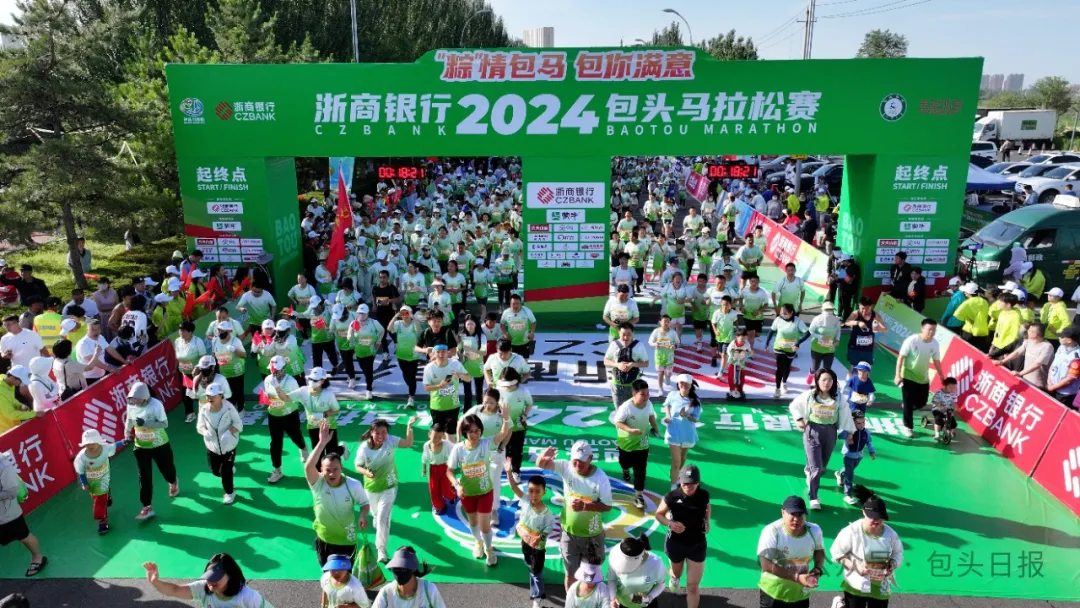
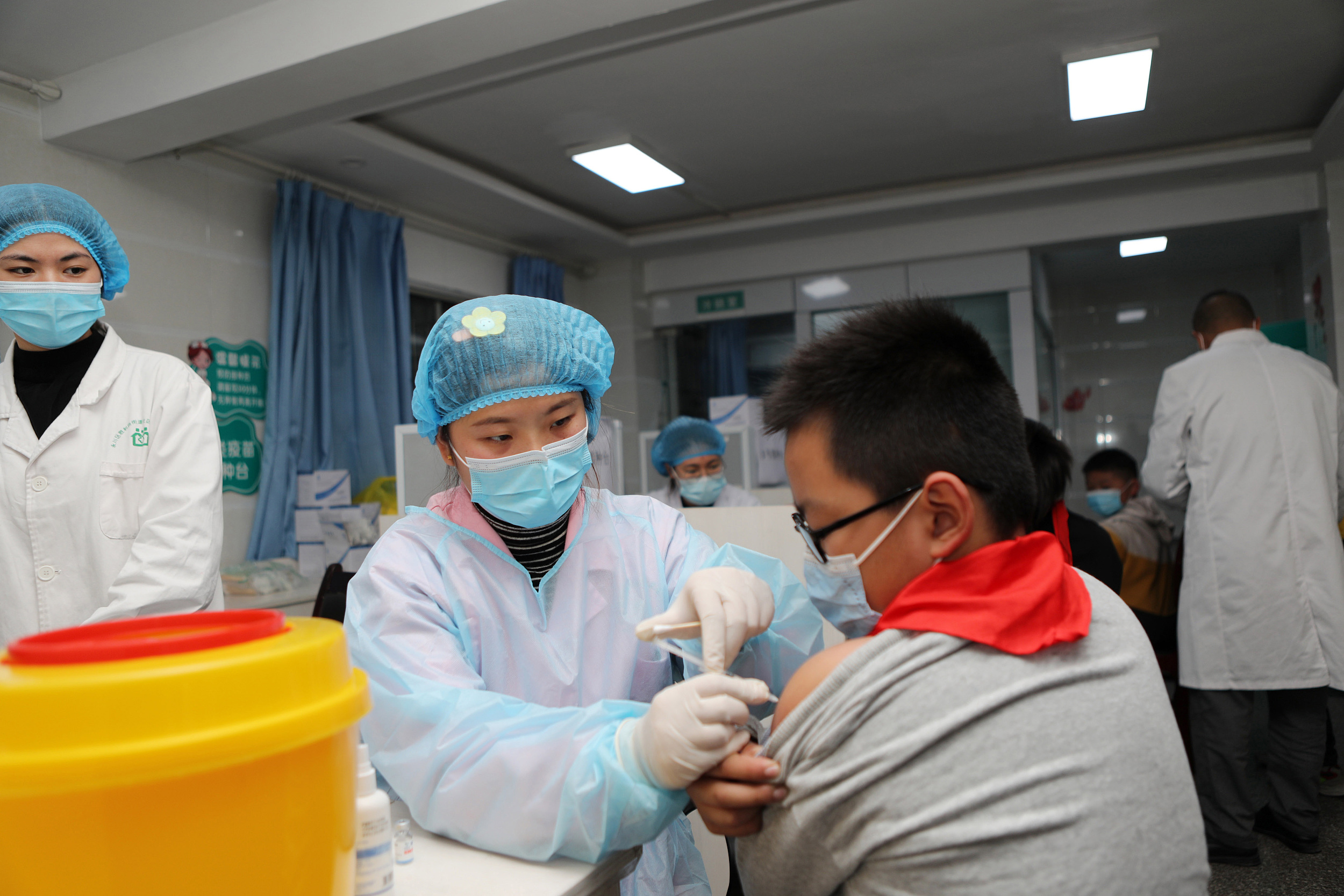
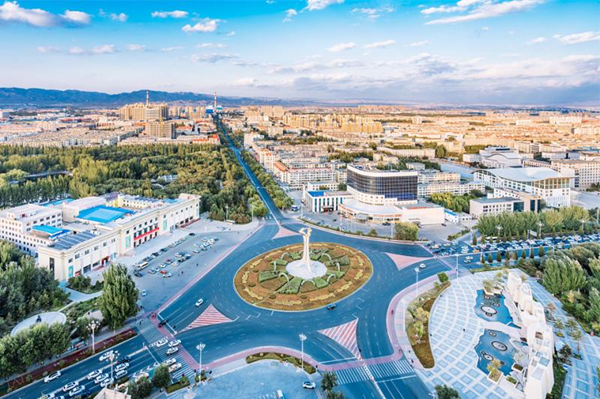

 Sketching and creation tour in Baotou
Sketching and creation tour in Baotou